Do not rush
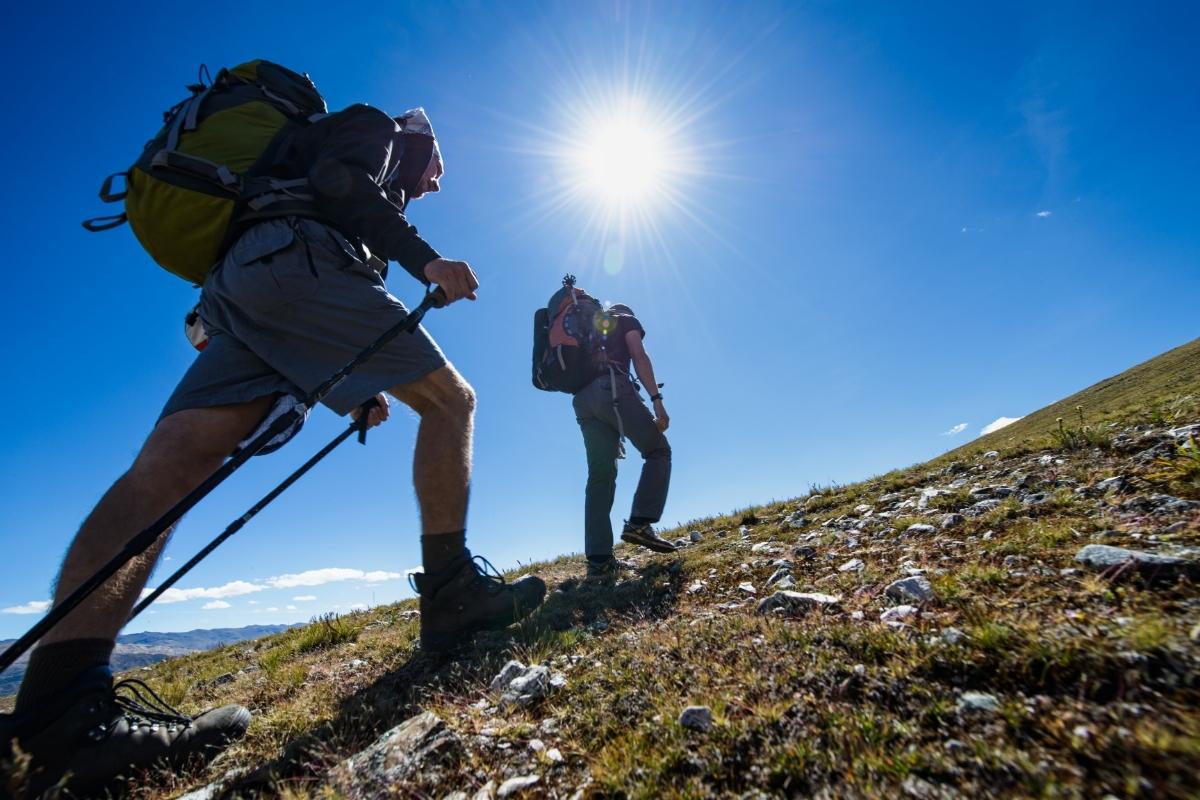
Trekking to the Manaslu Circuit is definitely a physical challenge. That does not mean it should be considered a competition. While the Manaslu Circuit journey carries considerably fewer hazards than summiting the peak. Things might become deadly when trekkers hurry through packed trails.
This is why trekkers should not develop a marathon mindset. Trekkers should not keep their marathon mindset and remain alert to their surroundings. After all, Manaslu is not going away.
Furthermore, a multi-day descent follows the adrenaline-fueled arrival, which might be trouble for trekkers who burned out on the climb up. You could not only avoid a poor experience but also assist someone else in making the most of their tough and expensive trip to Manaslu.
Do be adaptable to a new environment
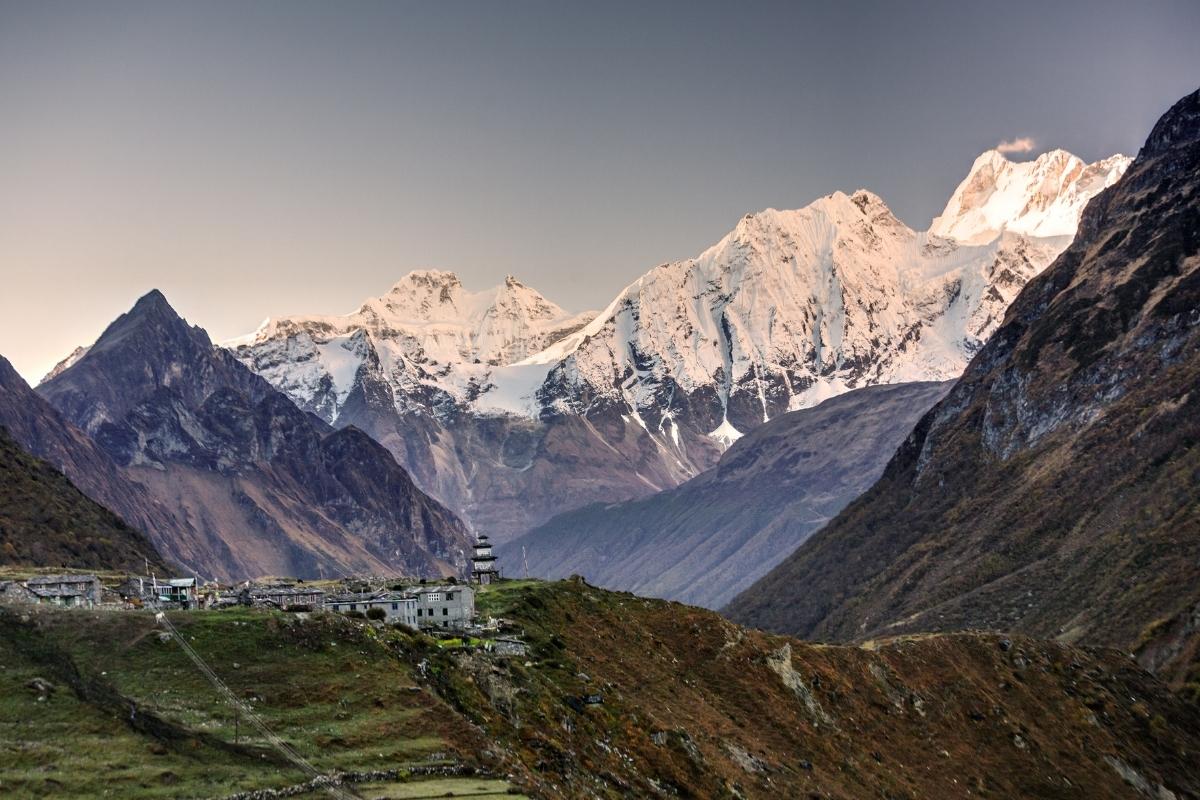
On the Manaslu Circuit path, you are not only at the mercy of nature, but you are also in a different cultural context than you are used to. Organizational standards in Nepal, both on and off the route, may differ from what you are used to.
The Manaslu Circuit trail has neither right nor wrong side. There is only common sense and avoid being in the way of an approaching yak or donkey.
The point is to be adaptive at all times. Trekkers should aim to keep some operational flexibility on their journey to Manaslu. Try to adapt to the local culture rather than imposing their own. Remember that you are not the authority – and that is totally fine.
Prepare for all weather and trail conditions
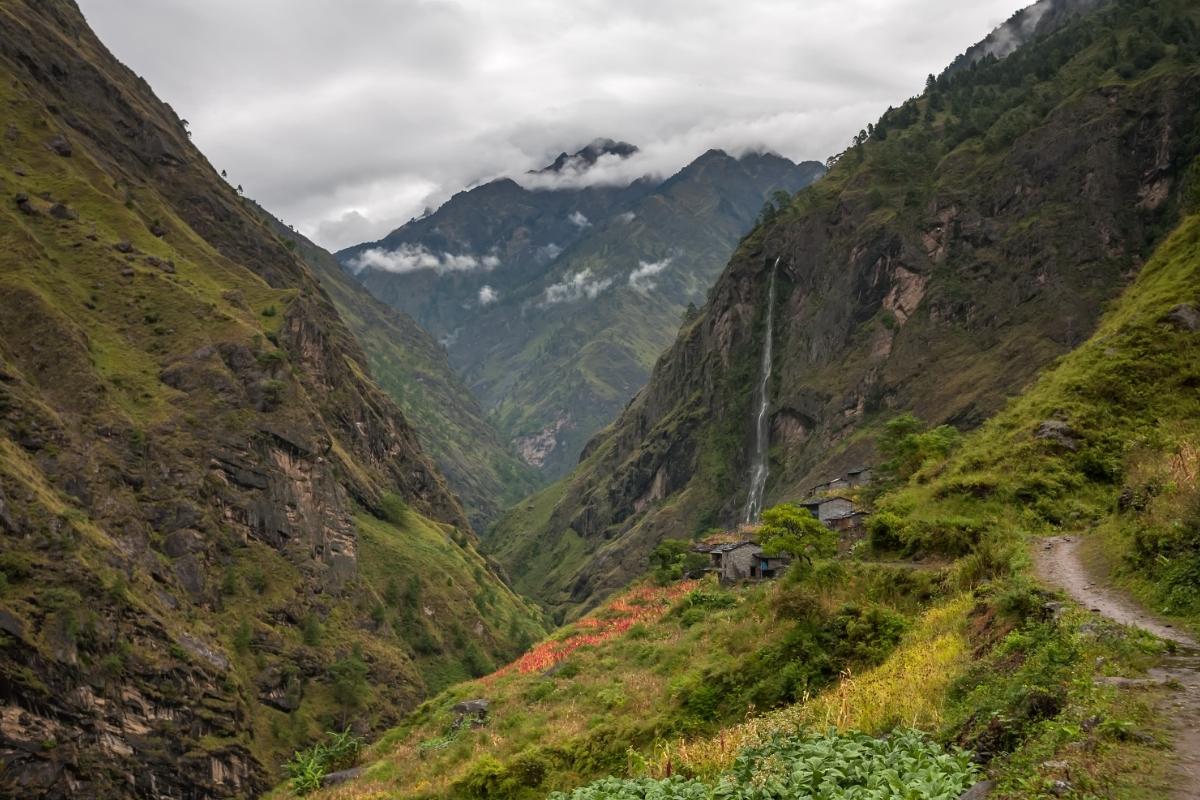
In the mountains, it is said that you can never predict the weather. The Himalayas are famously difficult to forecast, not only from year to year but even from day to day. Mountain Forecast, where you may select the mountain range, sub-range, and then the single peak, that guides the weather. This was the most accurate I could find, especially for higher passes or villages like Samagaon or Dharmasala.
Even if you plan ahead of time, it is difficult to forecast what the weather will be like in any particular month. For example, the ideal months to trek in Nepal are said to be October-November and March-April, but even this is not always accurate year to year.
In any case, for your own comfort and protection, you should be prepared for any weather situations on the walk. Some of the necessary trekking equipment you should bring with you are:
- Down jacket for winter
- Thermals for nights and early mornings
- Merino wool t-shirt when the sun is out
- Rain jacket for rain and snow
- Gaiters to keep snow out of your boots
- Water-proof hiking boots
- Trekking poles
- Rain cover for backpack
Do learn the native names
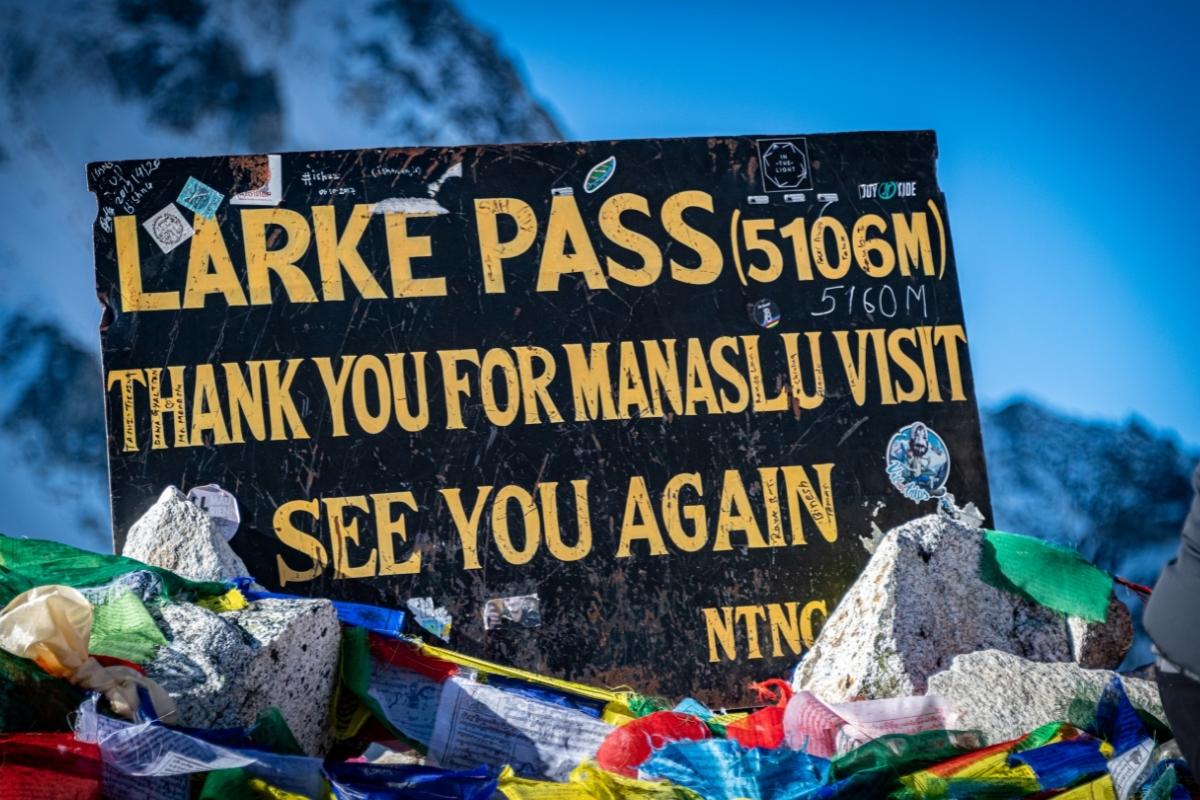
Finally, trekkers should make an attempt to study the indigenous names and history of Manaslu and its environs. This expresses respect for the people and culture of the country you are visiting.
Manaslu, for example, is the world's 8th highest mountain at 8,163 meters. Manaslu means "spirit mountain" and is taken from the Sanskrit language Manasa, which means "intellect" or "soul." On May 9, 1956, members of a Japanese team made the first ascent of Manaslu.
There are many ways to be a responsible trekker in Nepal, including choosing alternative treks to Manaslu Circuit. Truly responsible trekkers should also keep in mind these etiquette tips for a culturally sensitive experience that will not leave you feeling sheepish.
Switch off and enjoy the Himalayas
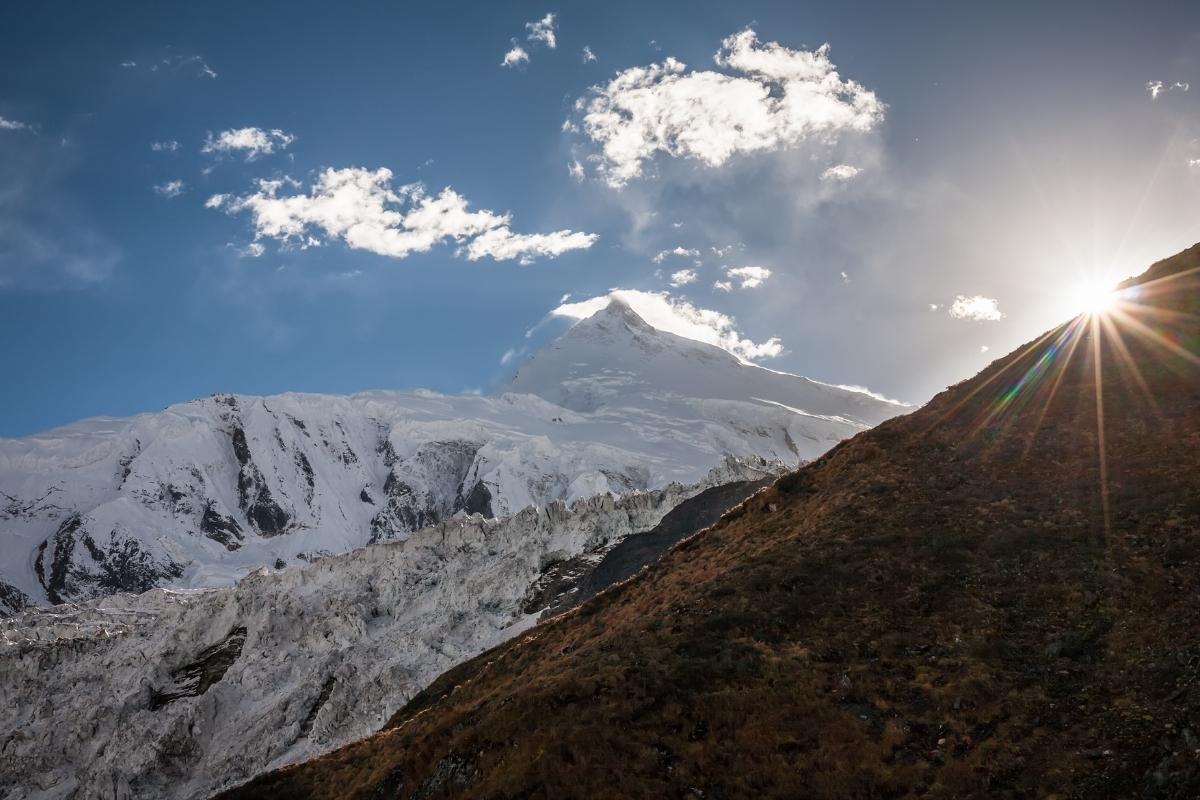
Most people trek into the Himalayas for good reason; which is to enjoy the physical challenge and incredible landscape. People want to share this on social media, part of the trekking experience is also about completely switching off from technology and enjoying where you are.
You will always get back to Wi-Fi eventually to share your experiences. But you will not be amongst these alluring Himalayan views forever. So, appreciate exactly what you see to amplify your experience.
Some lodges and tea houses have Wi-Fi, and you can even purchase Wi-Fi. If you are trekking alone or without a guide then you might want to send a message home to say that you are safe and that’s understandable. However, you can take the opportunity to have a digital detox.
Part of the trekking experience is also about connecting with people. If you finish your day early, head out and explore the village or local monastery. By doing this, you can discover more about the incredible people and culture of the Himalayas.
Do not complain about conditions
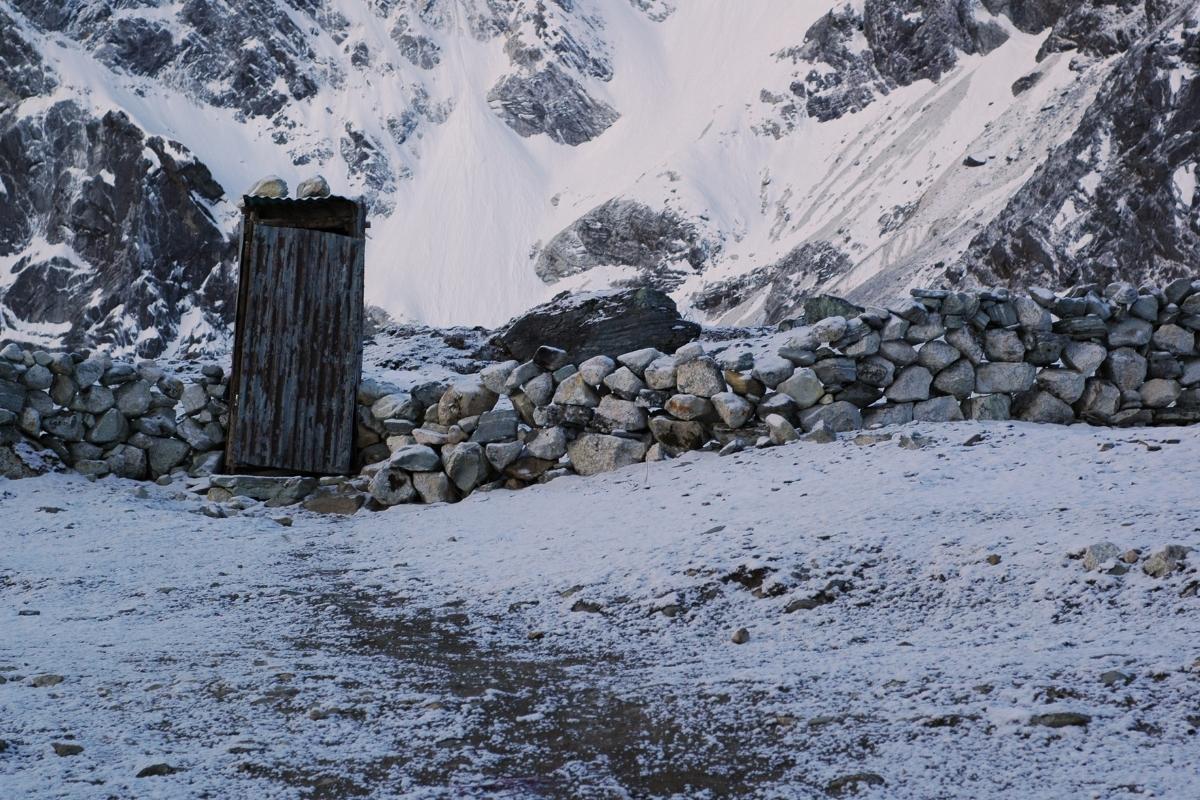
The popular Manaslu Circuit Journey is a multi-day trek into a remote Himalayan region. Do not expect a 5-star luxury treatment in such a remote area.
I'm not a fan of an early morning visit to unheated teahouse squat toilets, but I tried not to shout this from the mountaintops. It is essential not to criticize the situation. When trekkers pass judgment, the locals may take it personally.
The guides do everything they can to make your walk as comfortable as possible. So, even if this is not the intention, complaining sends the message that they are not completing their responsibility. Remember that your complaints are frequently a reflection of your privilege.
Know your own ability and experience
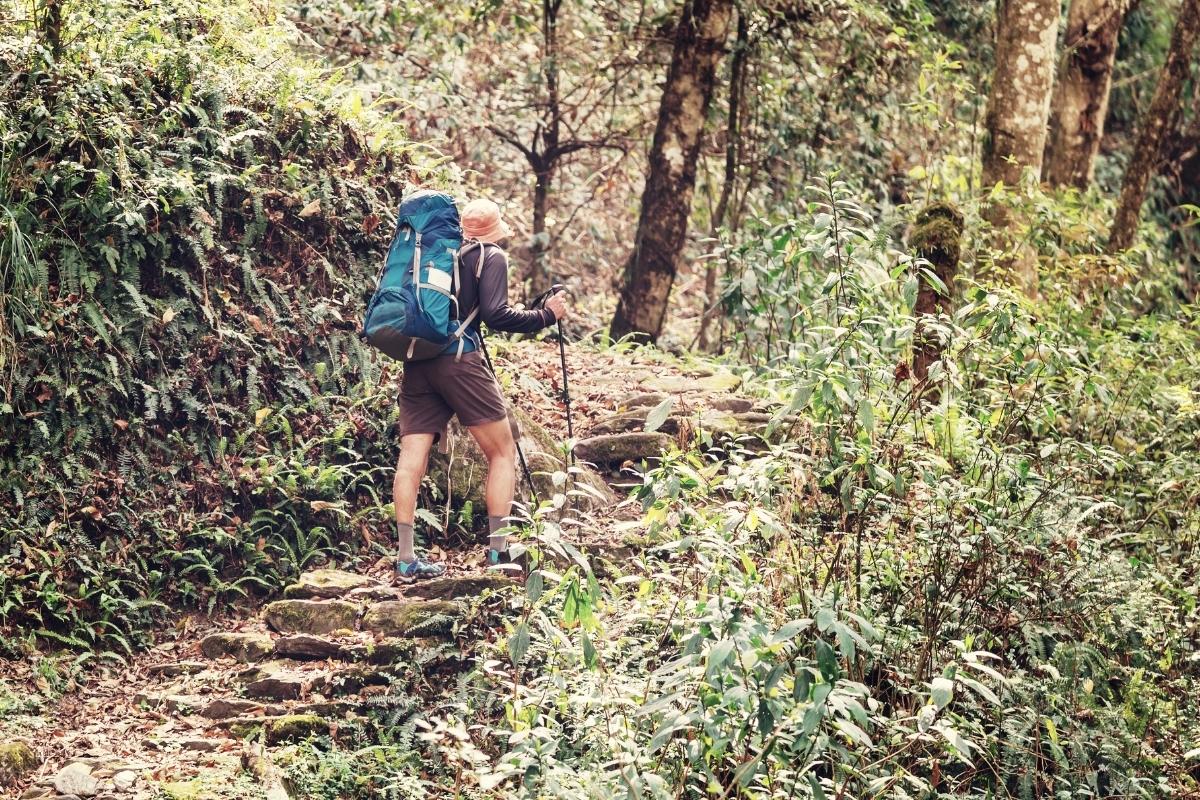
It is necessary to be conscious of your own abilities and experience and to plan your Nepal trip accordingly. Don't be too ambitious. How much trekking experience and fitness level you have will determine what trails you choose, your itinerary and whether you take a porter or not.
If you book a trek with us in advance, you will have plenty of time to practice and prepare. Those who plan a hike after arriving in Nepal, on the other hand, may have limited training and preparation time.
It is recommended to choose the best itinerary that meets your experience and fitness level for your safety and enjoyment. For example, the Khopra Trek is a lower altitude, easier alternative trek in the Annapurna region. Or Pikey Peak Trek is a short trek in the Everest region, that packs a lot of punch in terms of mountain views.
You can also cut normally lengthier trips in half. You could, for example, take the Manalsu Circuit instead of the complete Manaslu Circuit with Tsum Valley. It all comes down to recognizing what will work best for your skills and experience.
At Last
When you feel like you are going on a hike in the mountains, this is always a good idea to plan properly. Planning may take a little extra effort, but it is definitely worth it and will make your journey more joyful. These are some of the Do's and don'ts for Manaslu Circuit Trek you need to follow to protect yourself, nature, and natural habitats. If you believe we have overlooked anything crucial, please let us know in the inquiry section below.









